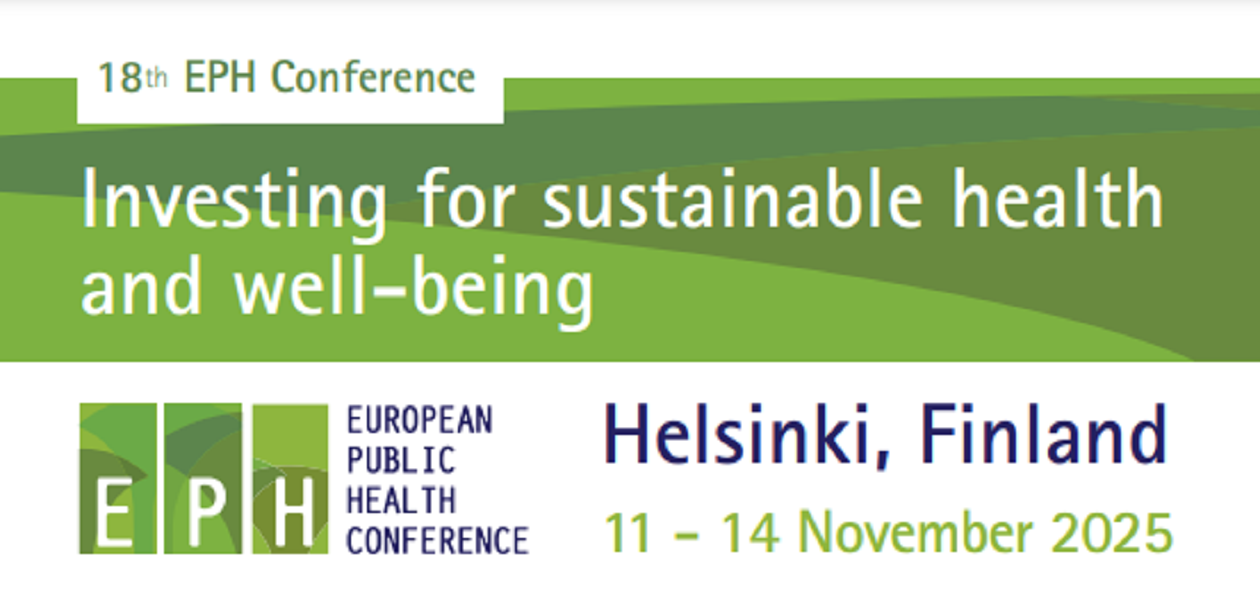
18th European Public Health Conference 2025
From European Public Health Conference
The European Public Health Association (EUPHA) and…

BAPH symposium 2025
On Friday June 6, 2025, the Belgian Association for Public Health (BAPH) is organizing, at the Ga…

BAPH young researcher support
If you are a 35-year-old researcher or younger and member of the BAPH in good standing, and you hav…
Latest news / events
Partners











